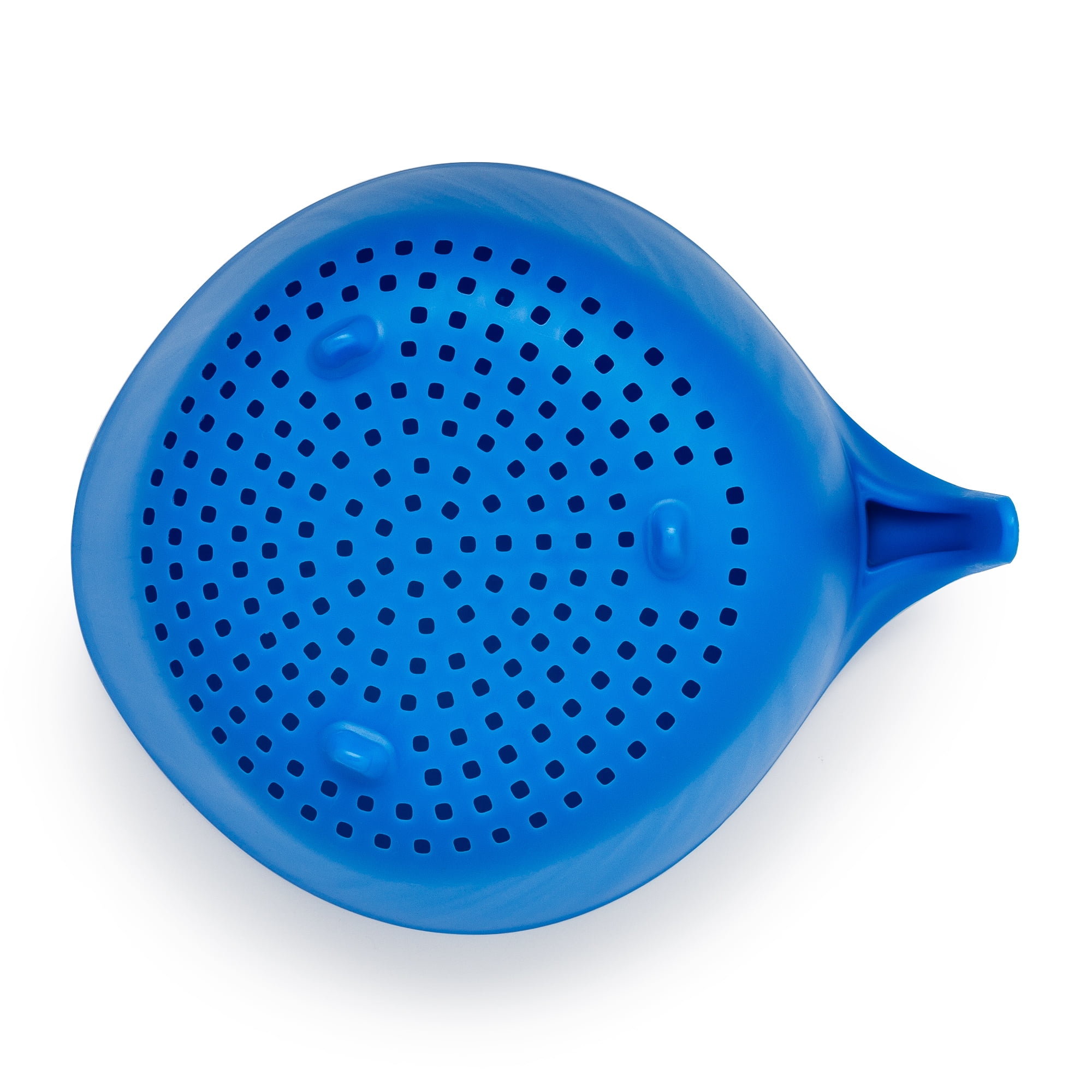
Most pasta boxes recommend that you cook pasta in 4–6 quarts (qt.) of boiling water. Now back to making a quick and delicious meal after a long hike at the campground. The result is pasta that is fully cooked, but not overly soft. With pasta that is cooked al dente, the water has penetrated into the center of the noodle, but the starch in the center has not absorbed a lot of water. Some of the starch is dissolved into the water, which you sometimes see foaming at the top of the water as you boil the pasta. When the pasta is cooked, the starch granules at the surface absorb the water and swell. Uncooked pasta consists of starch granules embedded in a structure of gluten proteins. The dough is then rolled out and folded repeatedly, and then cut or formed into the desired shape. Once the dough has been kneaded, it is allowed to rest so that the flour particles absorb as much water as possible. To make pasta, start by combining water and flour and then kneading the mass of dough. The goal when making pasta is to change dry flour into a mass that can be shaped into several forms, and is strong enough to stay intact when cooked.

Durum semolina flour has the highest content of gluten, which is the protein that makes bread elastic and chewy. Pasta makers formed guilds (clubs) and made fresh pasta from soft wheat flour, and dried pastas from durum semolina flour, which is one of the three major types of wheat the other two being hard wheat and soft wheat. Once pasta was introduced to Italy, the art of pasta making started to evolve.

Noodles were already present in 11 th century Paris, France and in 12 th century Sicily, Italy. You might have heard the story that Marco Polo brought pasta from China into Europe in the 14 th century, which is not true. Documents from 9 th century Syria show that noodles were made from semolina dough, which is explained in just a minute. This document included different shapes of wheat noodles and different ways to make wheat noodles. In the year 544 CE ( Common Era), a treatise called Important Arts for the People's Welfare devoted a chapter to dough products. The art of making pasta was developed in China, around 200 BCE ( Before the Common Era). The texture and neutral flavor of pasta makes it a good partner for many different types of recipes and sauces. It is then formed into shapes (like spaghetti strands) and then boiled in water. Pasta is a product that is made by adding water to wheat flour to make a clay-like mass.
#HOW TO SEE THE ECLIPSE USING A SPAGHETTI COLANDER HOW TO#
What can be done to shorten the time-consuming task of preparing to make pasta?īefore we talk about how to make pasta, let's learn more about the history of pasta and what happens when you cook it. What about pasta? But no one wants to wait around for 20 minutes while the water comes to a boil. Most campers just want a hot and filling meal that cooks quickly. What is not relaxing is cooking meals over a campfire after a long hike around the campground. To investigate the minimum amount and temperature of the water that is required to prepare pasta.Ĭamping is a fun and invigorating activity and spending time in nature is relaxing. Try this science fair project to find out if you can save natural resources and get a great meal. Quick and cheap! But sometimes it feels like forever when you are waiting for water to boil, right? What if you really didn't need a big pot of water, which the pasta packages usually suggest? What if you could boil pasta in 50 percent less water? You might save water (a natural resource), energy (because it takes less fuel to boil less water), and time. Just boil a big pot of water, throw in your favorite pasta, cook for 11 minutes, drain, and top with meatballs and warm marinara sauce. And it's easy to make when you're on the go and need to eat a quick, but healthy dinner. It's also an inexpensive meal, because it only costs about $12 to feed a family of four.

A plate of spaghetti, meatballs, and marinara sauce is a delicious and comforting meal.


 0 kommentar(er)
0 kommentar(er)
